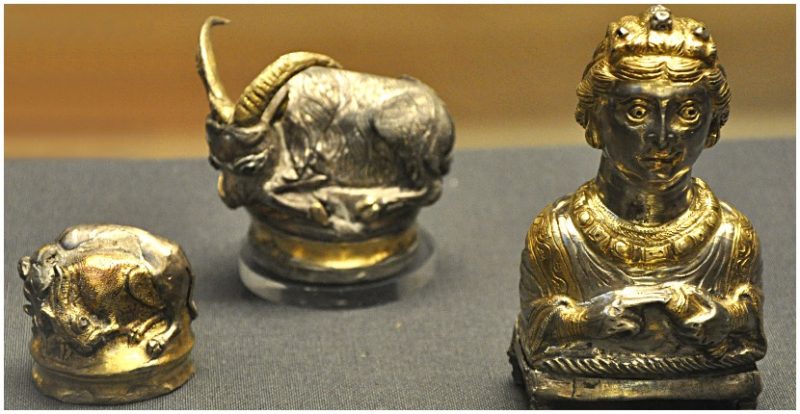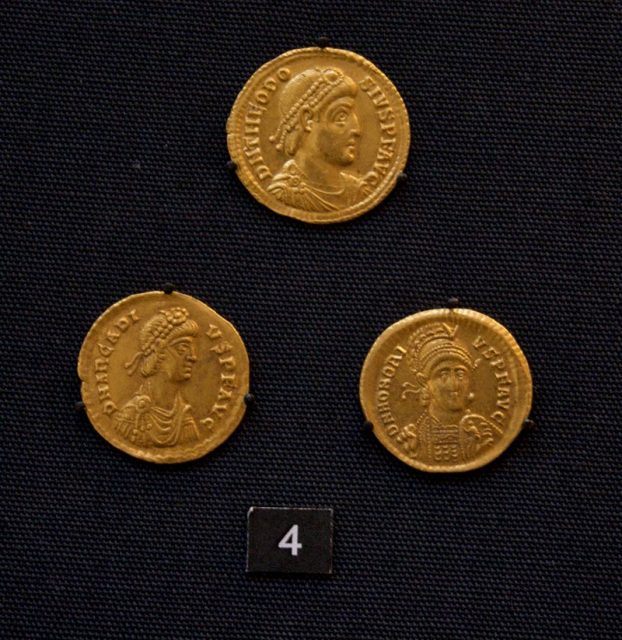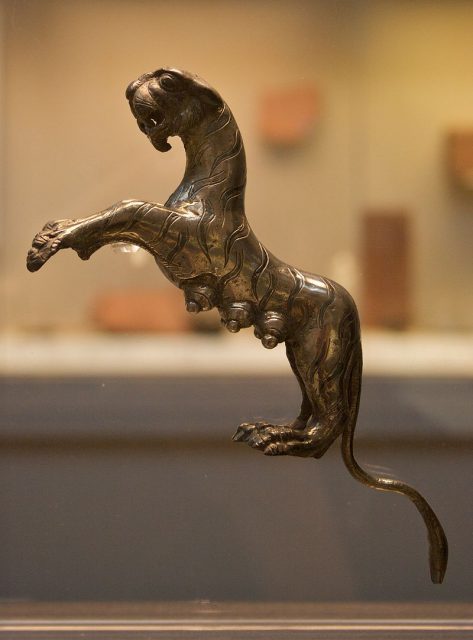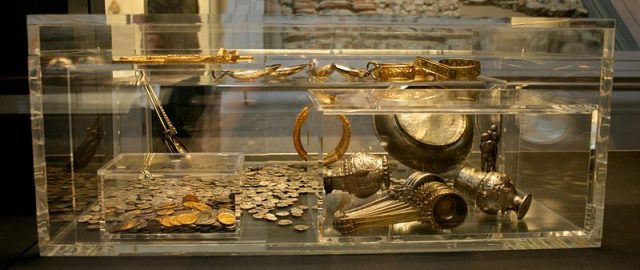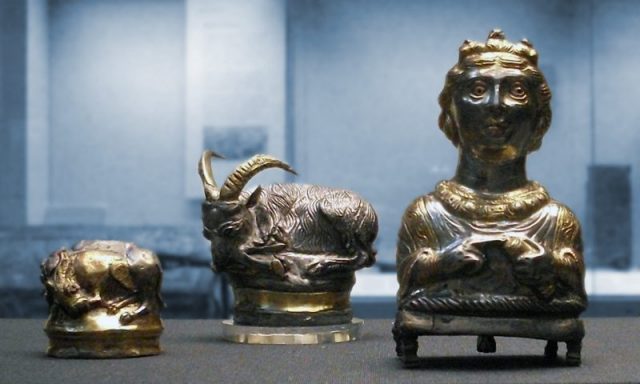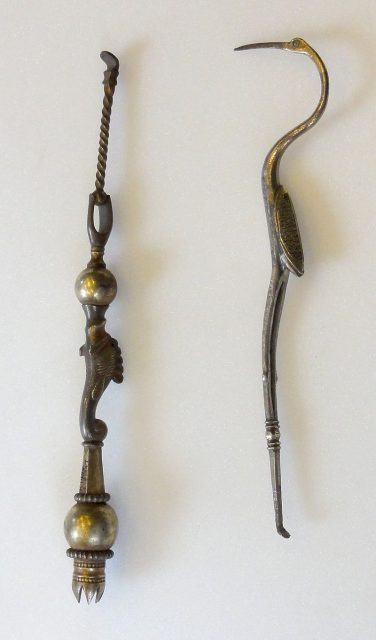Related Movies:
Rating: ★★★★☆ (4/5)
Release Date: July 21, 2017
Director: Christopher Nolan
Cast: Fionn Whitehead, Tom Hardy, Mark Rylance, Kenneth Branagh, Cillian Murphy, Harry Styles
Genre: War, Drama, History
Runtime: 106 minutes
Christopher Nolan’s Dunkirk (2017) is a masterclass in immersive storytelling, plunging audiences into the harrowing evacuation of Allied soldiers from the beaches of Dunkirk during World War II. This war drama, told through three interwoven perspectives—land, sea, and air—captures the desperation, resilience, and quiet heroism of one of history’s most pivotal moments. With its minimalist dialogue, breathtaking cinematography, and raw performances, Dunkirk delivers a visceral experience that honors the sacrifices of those involved in the 1940 evacuation. In this 2000-word review, we’ll dive into the film’s strengths, analyze its unique narrative structure, and explore why Dunkirk remains a standout in the war drama genre.
A Triad of Survival: The Narrative Structure

Dunkirk unfolds through three distinct yet interconnected storylines, each representing a different element of the evacuation: the Mole (land), the Sea, and the Air. On land, we follow Tommy (Fionn Whitehead), a young British soldier desperate to escape the besieged beach as German forces close in. At sea, civilian boat captain Mr. Dawson (Mark Rylance) sails toward Dunkirk with his son Peter (Tom Glynn-Carney) and friend George (Barry Keoghan) as part of the civilian rescue effort. In the air, RAF pilot Farrier (Tom Hardy) engages in dogfights to protect the evacuating troops from Luftwaffe attacks.
Nolan’s non-linear storytelling weaves these perspectives across different timelines—one week on land, one day at sea, and one hour in the air—converging in a climactic moment of triumph and loss. This structure amplifies the tension, reflecting the chaotic reality of the evacuation while highlighting the interconnectedness of individual acts of courage. The film’s focus on survival and sacrifice, rather than traditional character backstories, creates a universal narrative that resonates with audiences.
The historical context of Dunkirk, where over 300,000 Allied soldiers were rescued from a seemingly hopeless situation, is brought to life with meticulous detail. Nolan avoids overt exposition, letting the visuals and sound design convey the stakes. While this approach may leave some viewers craving more character depth, it underscores the film’s central theme: in the face of overwhelming odds, survival is a collective effort.
Cinematic Mastery: Visuals and Sound Design

One of Dunkirk’s greatest strengths is its immersive cinematography, helmed by Hoyte van Hoytema. SH๏τ on 70mm IMAX and 65mm film, the movie boasts sweeping aerial sH๏τs, claustrophobic beach scenes, and intimate moments of human struggle. The vastness of the Dunkirk beach, littered with stranded soldiers and debris, contrasts with the тιԍнт confines of sinking ships and cockpits, creating a palpable sense of dread and urgency.
The aerial sequences are particularly breathtaking, with dizzying dogfights that capture the precariousness of Spitfire pilots battling enemy planes. The camera follows Farrier’s plane with unrelenting intensity, immersing viewers in the high-stakes aerial combat. On the ground, the relentless encroachment of German forces—never directly shown but felt through gunfire and bombs—heightens the tension, making every moment feel like a brush with death.
Hans Zimmer’s score is a vital component of the film’s emotional impact. The relentless ticking of a clock, interwoven with pulsating strings and eerie drones, mirrors the race against time. The sound design, from the roar of Spitfire engines to the deafening explosions of torpedoes, is meticulously crafted to keep audiences on edge. This auditory intensity, combined with the stark visuals, makes Dunkirk a sensory experience that demands to be seen on the biggest screen possible.
Raw Performances: A Stellar Ensemble

Dunkirk features an ensemble cast that brings authenticity and emotional weight to the story. Fionn Whitehead, in his breakout role as Tommy, embodies the desperation of a young soldier caught in a nightmare. His wide-eyed fear and quiet determination make him a relatable everyman, representing the countless soldiers who faced unimaginable odds. Similarly, Harry Styles, in a surprising film debut, holds his own as Alex, a fellow soldier whose survival instincts reveal both courage and flaws.
Tom Hardy’s Farrier is a stoic highlight, conveying volumes with minimal dialogue. Much of his performance is delivered through his eyes and subtle expressions, as his face is often obscured by a pilot’s mask. Hardy’s ability to portray resolve and sacrifice in the face of dwindling fuel and ammunition makes Farrier’s arc one of the film’s most memorable.
Mark Rylance delivers a standout performance as Mr. Dawson, the civilian boat captain whose quiet heroism embodies the “Dunkirk spirit.” His understated resolve and compᴀssion ground the film’s sea storyline, while his interactions with a shell-shocked soldier (Cillian Murphy) add emotional complexity. Kenneth Branagh, as Commander Bolton, provides a commanding yet vulnerable presence, his weary gaze reflecting the weight of leadership.
While the film’s minimalist approach to character development may leave some wanting more, the performances are universally authentic, capturing the raw humanity of those caught in the evacuation.
Historical Authenticity and Attention to Detail

Dunkirk excels in its commitment to historical accuracy, from the period-accurate uniforms to the meticulously recreated vehicles and aircraft. The film’s depiction of the “little ships”—civilian vessels that aided the evacuation—is a tribute to the real-life civilians who risked everything to rescue stranded soldiers. The Spitfires and Heinkel bombers are rendered with stunning realism, their dogfights choreographed to reflect the chaotic nature of aerial combat in 1940.
Nolan’s decision to avoid graphic violence, while still conveying the horrors of war, ensures that the film remains accessible without sanitizing the stakes. The constant threat of German forces, depicted through distant gunfire and bombing runs, creates a faceless yet omnipresent enemy, emphasizing the soldiers’ vulnerability.
The film also captures the emotional toll of the evacuation, from the despair of stranded troops to the quiet resolve of civilians and pilots. By focusing on individual stories within the larger historical event, Dunkirk humanizes the scale of the evacuation, making it both a tribute to history and a universal story of resilience.
Themes and Emotional Resonance

At its core, Dunkirk is a meditation on survival, sacrifice, and the human spirit. The film explores how ordinary individuals—soldiers, pilots, and civilians—rise to extraordinary challenges in the face of adversity. The interwoven storylines highlight the collective effort required to achieve the “miracle of Dunkirk,” emphasizing that heroism comes in many forms, from a pilot’s daring maneuvers to a civilian’s quiet determination.
The theme of sacrifice is particularly poignant, as characters make impossible choices to save others. Farrier’s arc, in particular, underscores the cost of duty, while Mr. Dawson’s journey reflects the selflessness of those who answered the call to action. The film also touches on the psychological toll of war, with moments of fear, guilt, and shell-shock adding depth to the characters’ experiences.
Nolan’s decision to forgo traditional war movie tropes, such as rousing speeches or glorified battles, gives Dunkirk a refreshing authenticity. Instead, the film lets the actions of its characters speak for themselves, creating a powerful tribute to the resilience of the human spirit.
A Farmer’s Misplaced Hammer Led to the Largest Roman Treasure in Britain
